How to eat in 2021
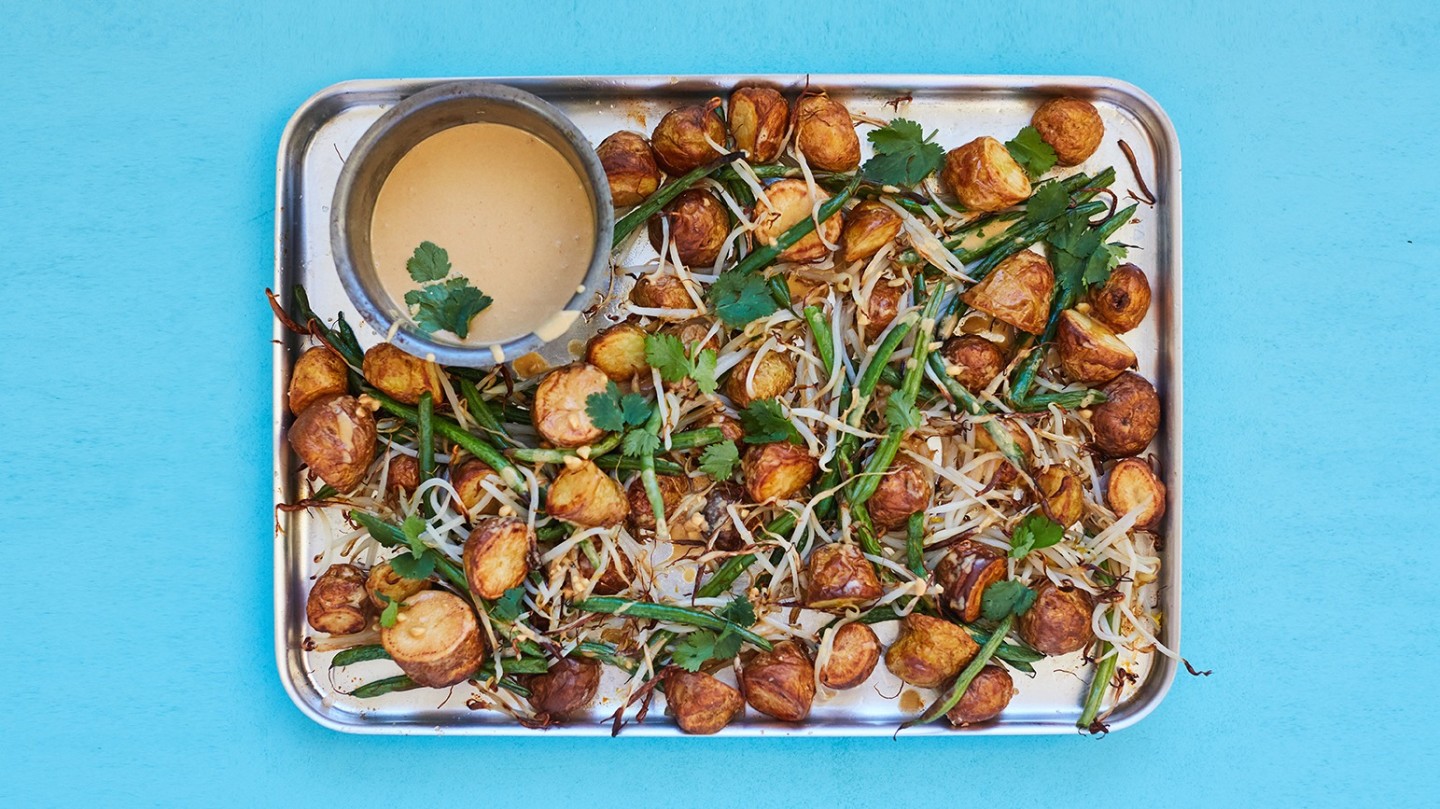
Roula Khalaf, Editor of the FT, selects her favourite stories in this weekly newsletter.
Every New Year we talk about cutting back and cutting out. We take up intermittent fasting or the keto diet; regimes that may lead to weight loss in the short term but which, according to nutritionists, are not sustainable. Rather than chasing fads, is it time to go back to basics and develop ways of eating that support us in the long term?
“For many there’s never been a better time to get healthy,” says Dublin-based lifestyle medicine practitioner Martina Gallivan. She points to her top exec clients who are working from home (or on their yachts). They no longer travel extensively or have countless business dinners. With the help of private chefs and meal plans, they can finally eat three balanced meals a day. It’s not sexy. But it’s what the experts say: include protein, fat, carbohydrates and micronutrients (fruit and vegetables) in every meal. In terms of portion, that should equate to a quarter of your plate for wholegrains (such as brown rice, wholewheat pasta, quinoa) or starchy veg (potatoes, peas, corn), a quarter for protein and half for non-starchy veg.
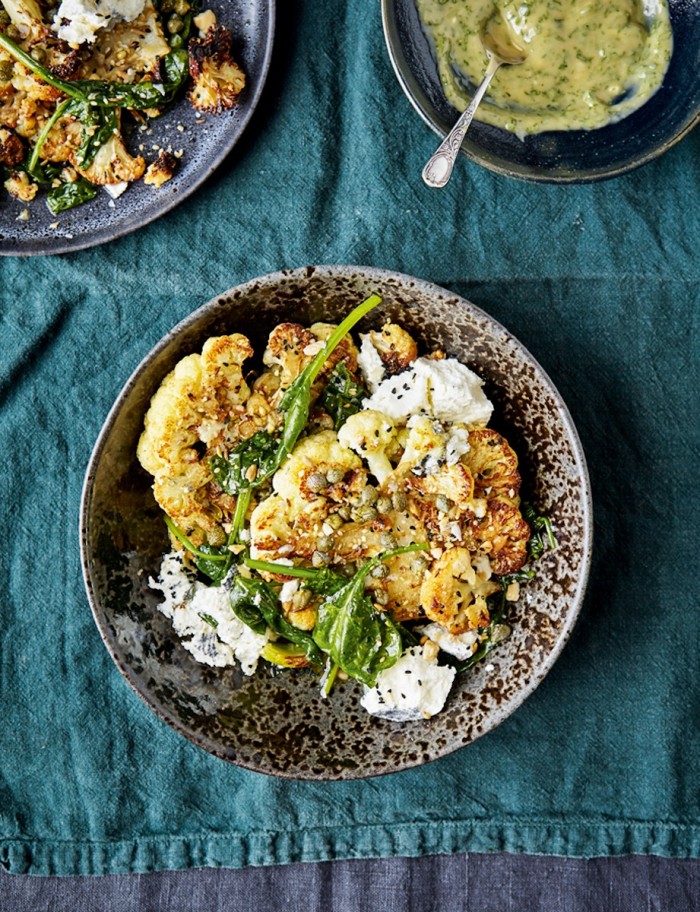
Also, don’t skip meals. Three a day helps balance your blood sugar levels so you don’t crash or crave sugary fixes. But, let’s face it, most people do skip, whether out of some wish to cut calories or because we’re too busy to stop and eat properly. One remedy is to prep meals in advance, batch-cooking soups or freezing portions of veg. Otherwise, stock up on healthy ingredients (eggs, beans, salad, wholegrains such as brown rice, quinoa or buckwheat) so you have easy options to hand if you’re working from home, or to turn into a quick lunchbox in the morning.
One worry I hear a lot is about gaining weight while working from home. I advise you regularly try on your work trousers to keep tabs on your waistline. Otherwise the experts I spoke to suggested that, before snacking, ask yourself if you’re really hungry. You may actually be thirsty. This also works for afternoon slumps, which are often due to dehydration. A glass of water 30 minutes before a meal will keep you from overindulging. Finally, eat slowly. Your gut takes 20 to 30 minutes to register it’s full. Wait that long before you head for seconds.
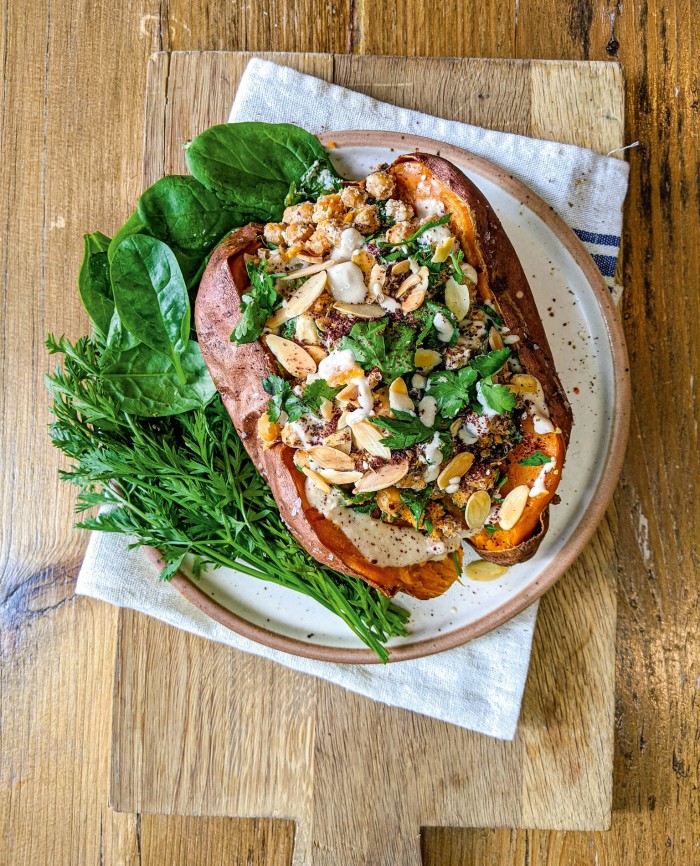
Nutritional therapist Eve Kalinik (author of Happy Gut, Happy Mind) questions why mealtimes are routinely sacrificed to work. As she points out, they bring structure to the day and provide valuable “pockets of recovery”. We’re more mindful of how much we eat when we sit at a table rather than in front of a screen. And don’t get her started on the pitfalls of eating while responding to work emails that can trigger a “fight or flight” response, causing our digestive systems to shut down. Eating under stress, she says, is a recipe for gastrointestinal complaints.
According to Harley Street nutritionist Sarah Ann Macklin, a common concern is how we should support our immune systems and combat stress, which causes inflammation and leads to chronic diseases, such as type 2 diabetes and Alzheimer’s. She recommends oily fish, which contains the anti-inflammatory long-chain Omega-3. Aim for two to three portions of mackerel, salmon or sardines a week (or Omega-3 supplements if you’re vegetarian). A diverse gut microbiome is also key, so add in fermented foods – “fertiliser for the gut” – such as kefir, kimchi, sauerkraut, yoghurt and tempeh. And increase your fibre – “food for your microbiome” – from the average 15g to 30g a day with wholegrains, fruit and vegetables. For a diverse microbiome you want as many different sources of fibre as possible. Macklin suggests introducing a new vegetable to your diet each week.
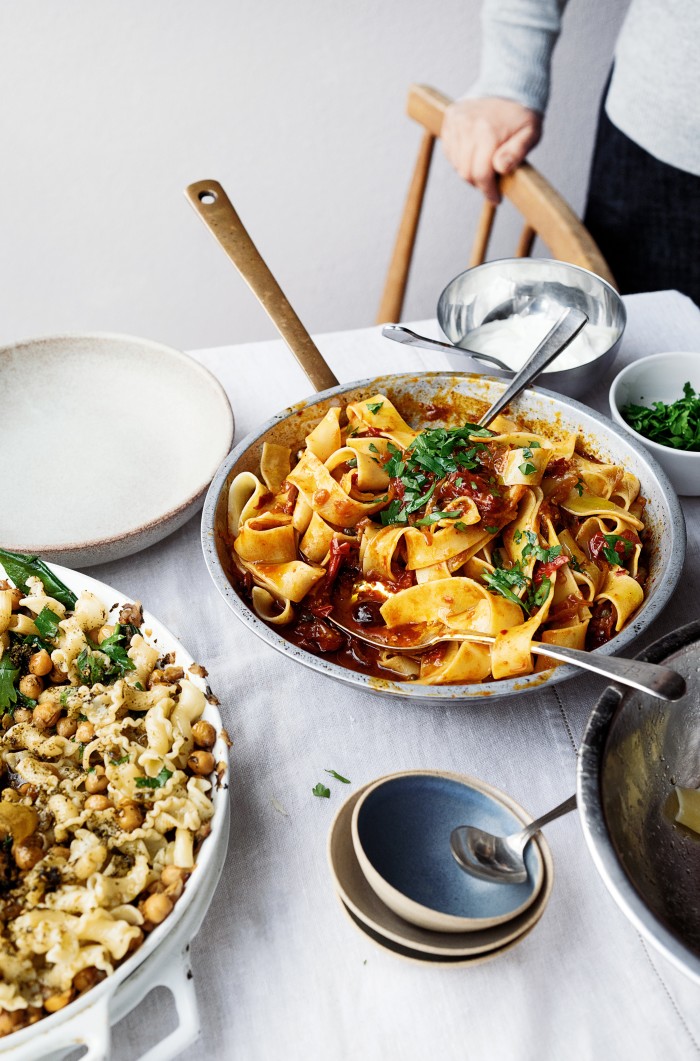
In fact, if you make just one change, increasing your vegetable intake should be it, particularly in conjunction with reducing your red meat. Excessive red meat (four to five palm-sized portions per week) has long been linked to heart disease, cancer and high blood pressure. Swap in more white meat, fish and plant protein (such as beans and chickpeas). But how much daily veg should we be eating? Macklin suggests seven handful-sized portions a day, which sounds a lot. If you’re reducing your meat intake too, how do you quickly acquire a repertoire of dishes where vegetables are doing all the heavy lifting?
Ottolenghi’s Simple is a good start. His recipes are packed with spices that are great for reducing blood pressure and cholesterol. (The puy lentil and aubergine stew is a favourite of mine.) I’m also keen on Happy Food for Life (a sequel to 2018’s Happy Food) by Niklas Ekstedt and Henrik Ennart, which is filled with Nordic recipes such as salsify tagliatelle with mushrooms. But for ease, Rukmini Iyer’s “Roasting Tin” books are hard to beat. Everything happens in one dish in the oven. Among her favourites are the leek and puy lentil gratin, the all-in-one sticky rice with broccoli and squash and the Indonesian gado gado with roast potatoes.
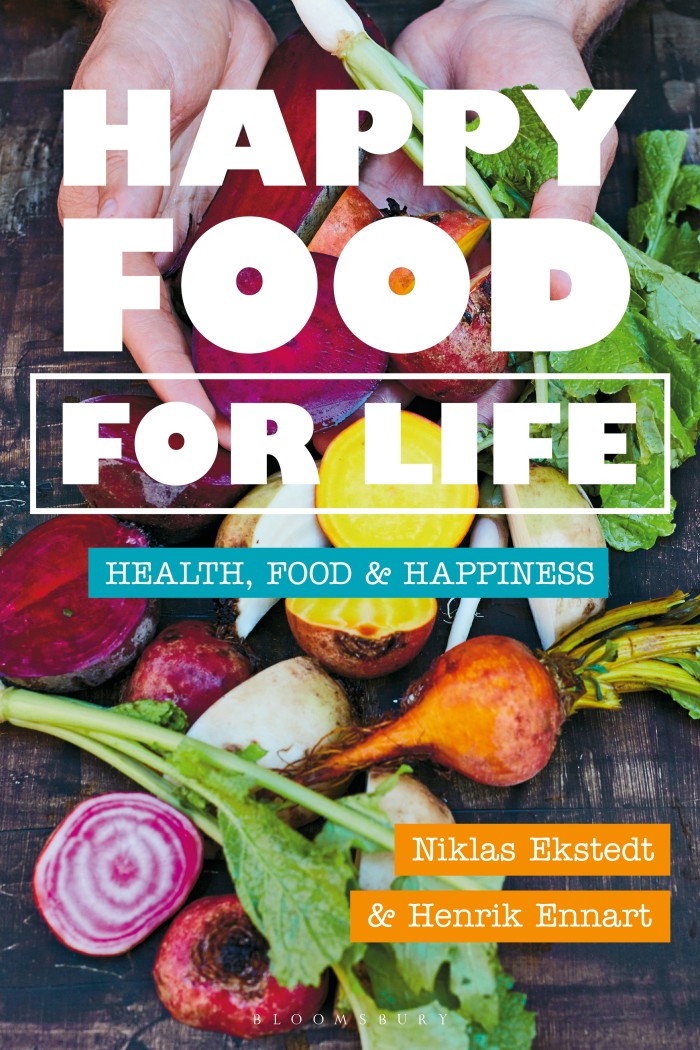
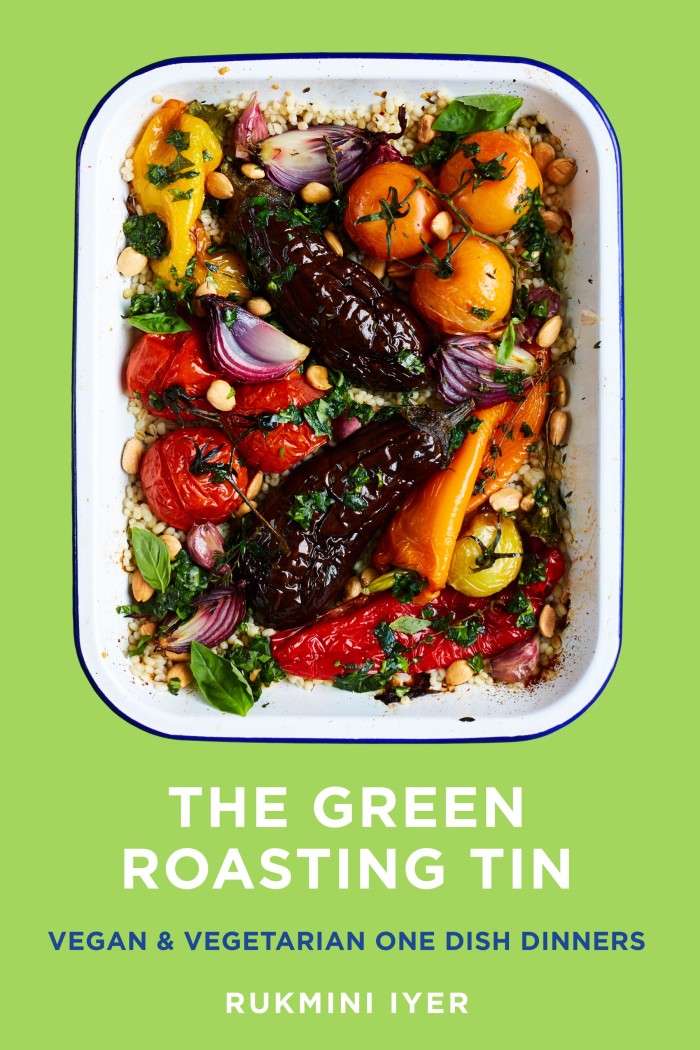
“It’s the punchiness of the flavours and textures that makes them good,” she says. “In the gratin, the lentils infuse with leeks, garlic and crème fraîche for a warming, texturally interesting dish topped with crunchy baked feta and breadcrumbs. The two vegan dishes have robust central ingredients but the thing that makes both dishes is the dressing: lime juice, chilli and ginger in the former, and an incredible peanut, coconut and soy dressing for the latter.” That’s what we need: healthy, vibrant dishes that don’t feel restrictive, and bolster us from the inside.
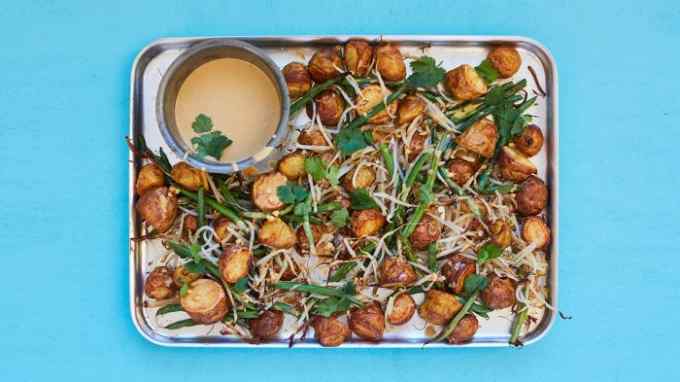
Comments